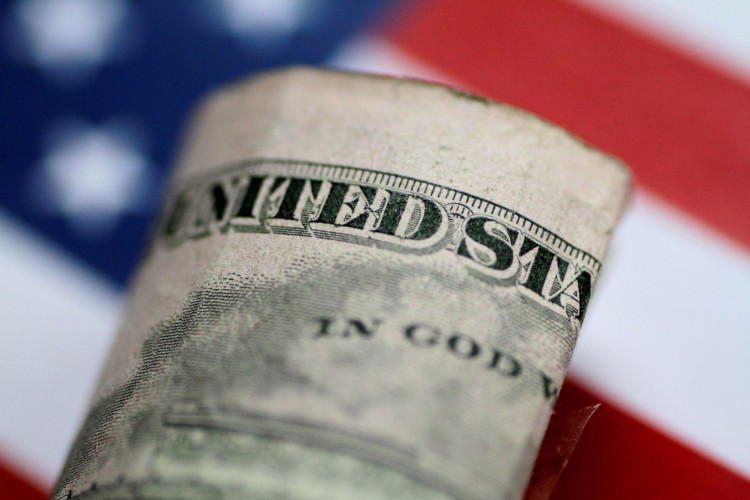After China denied it was considering loosening its zero COVID-19 policy, U.S. stock futures fell in Asia on Monday, which helped the dollar regain some of its losses while weakening oil and commodities.
The yuan surged in response to speculation that China could open its economy, which also led to a round of profit-taking on long U.S. dollar bets.
"Despite the denial, notions that China will pivot to living with COVID-19 in the new year are unlikely to be quashed given the very real toll that zero-COVID is having on the economy," Tapas Strickland, head of market economics at NAB said.
However, during the weekend, health officials reaffirmed their commitment to the "dynamic-clearing" approach to COVID-19 cases as soon as they surface. Risk assets had gained on Friday amid rumors China was getting ready to lift its pandemic restrictions.
"With China going into winter, most analysts think a change in zero-COVID is unlikely until at least March," Strickland added
Copper rose 7% on Friday, its greatest one-day gain since 2009, while a variety of commodities benefited from higher demand.
Some of that was reversed early Monday, with the Australian dollar falling 0.8% to $0.6414 after rising 3% on Friday. The US dollar index rose 0.6% after falling nearly 2% at the conclusion of last week.
The dollar rose back to 147.23 yen, while the euro fell 0.6% to $0.9899.
At the margin, news that the White House is quietly pressing Ukraine to indicate an openness to negotiating with Russia aided risk sentiment.
Dealers were still analyzing a conflicting U.S. jobs report that showed strong advances in the payrolls survey but softening in the less trustworthy household survey of unemployment.
In a less pessimistic tone than Chair Jerome Powell, four Federal Reserve members said on Friday that they would still consider a modest interest rate increase at their next policy meeting.
When the U.S. consumer price index for October is revealed on Thursday, the market will confront a significant challenge. Any positive surprise will put to the test expectations for a reduction in Fed rate rises.
According to median predictions, annual CPI inflation will moderate to 8.0% and core inflation would decline slightly to 6.5%.
Also worth noting are the U.S. midterm elections on Tuesday, in which Republicans could take control of one or both chambers, resulting in a stalemate on fiscal policy.
In commodities markets, gold was holding steady at $1,680 per ounce after rising 3% on Friday.
Oil futures have yet to trade after rising nearly 5% late last week as a result of the China talks.





